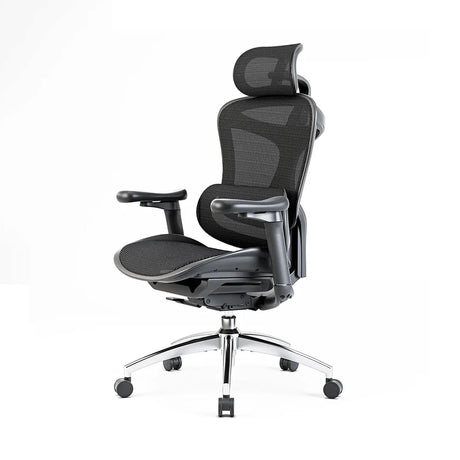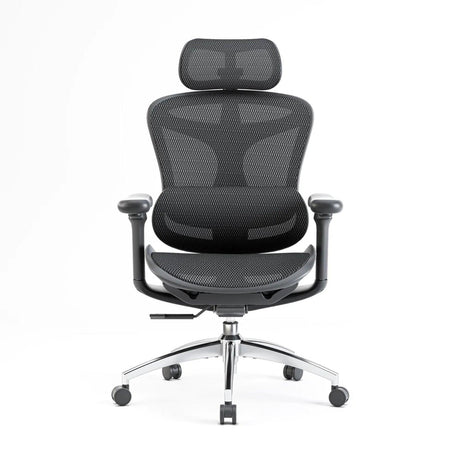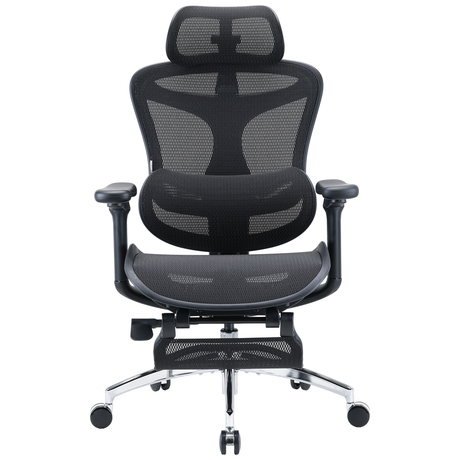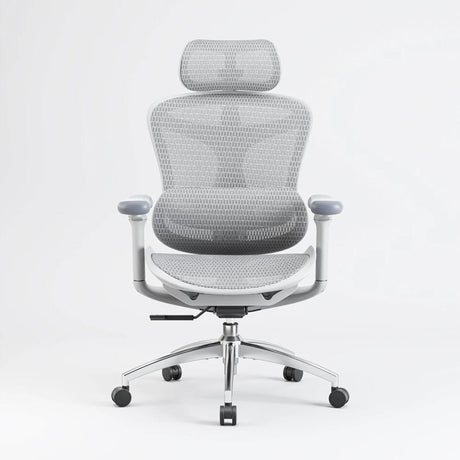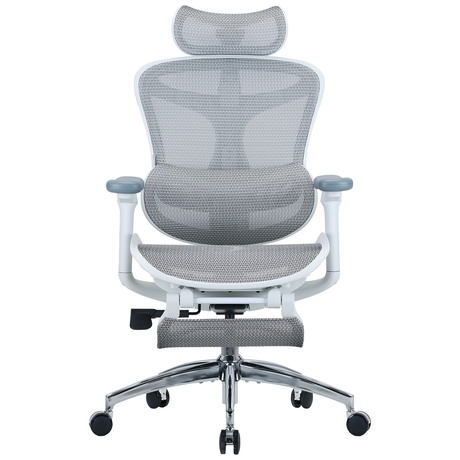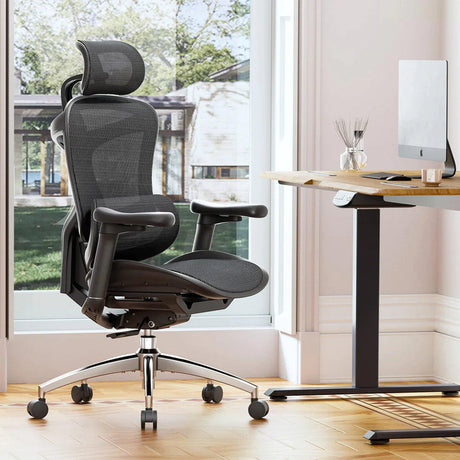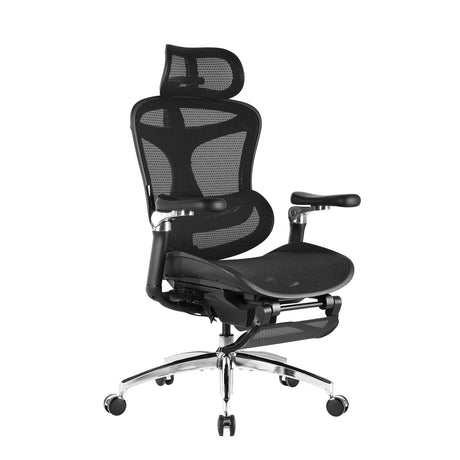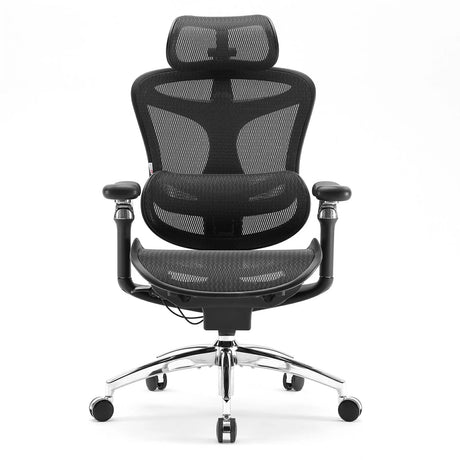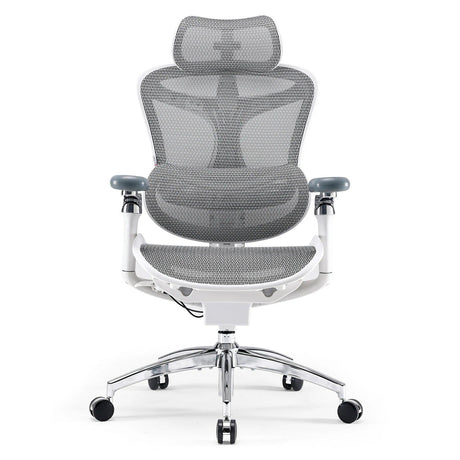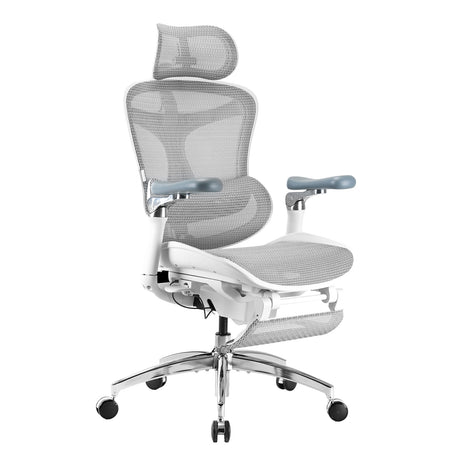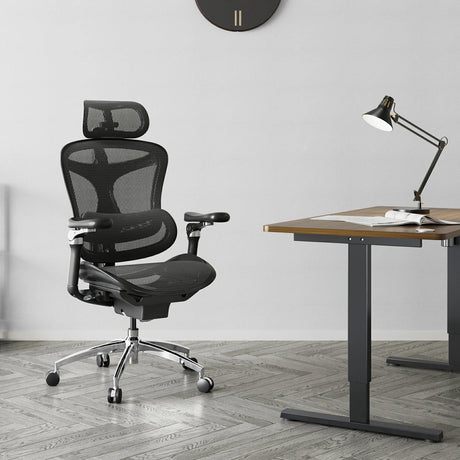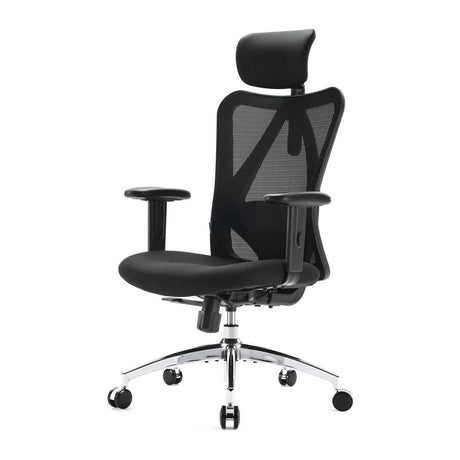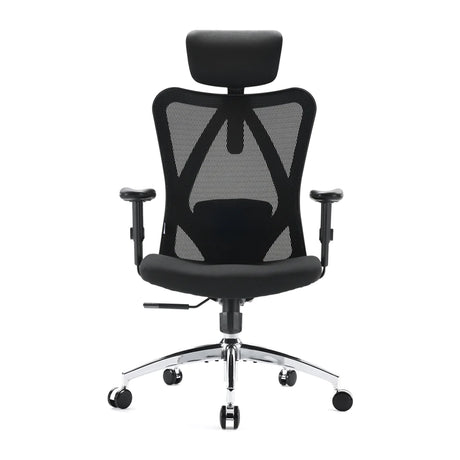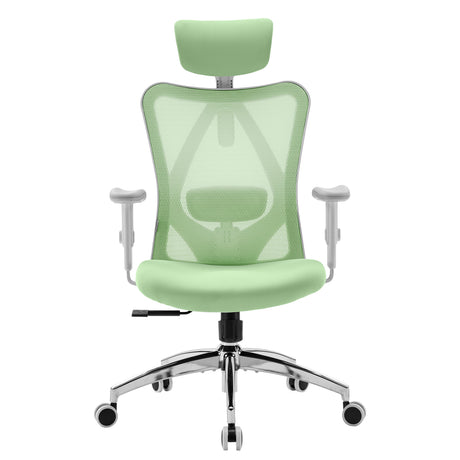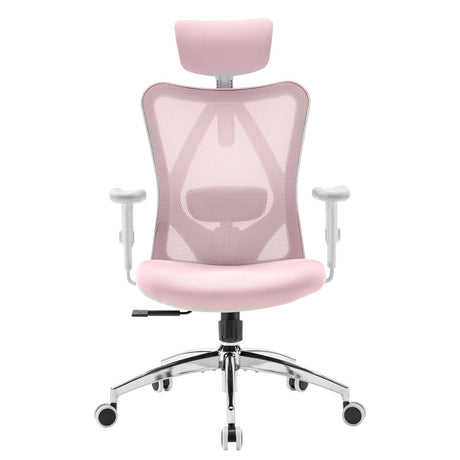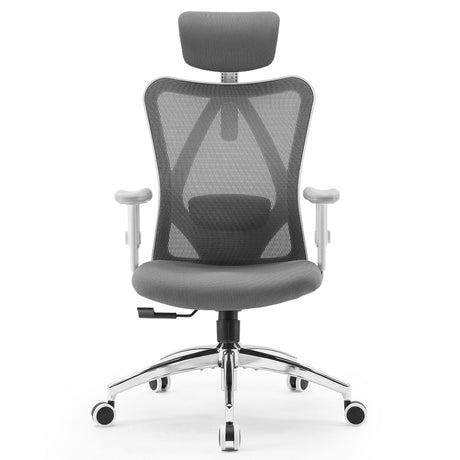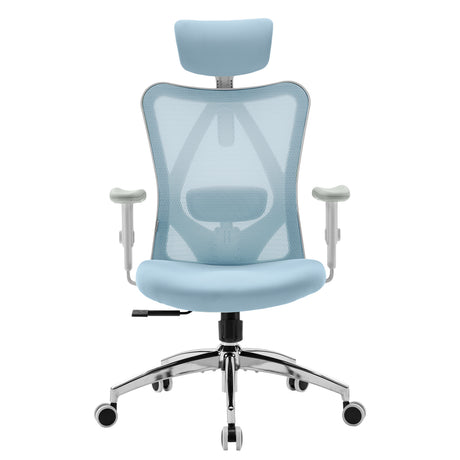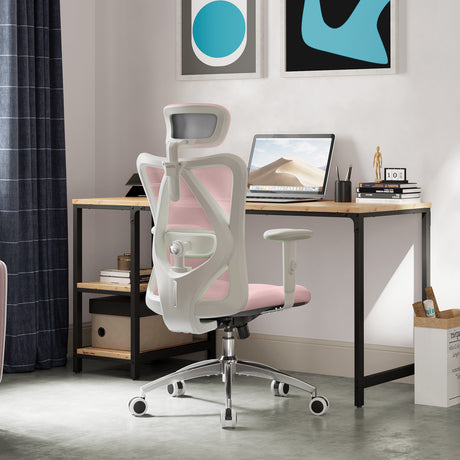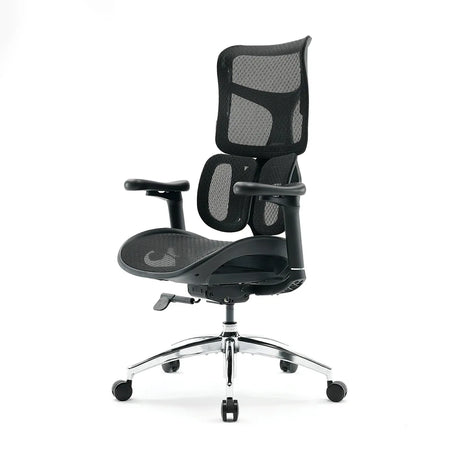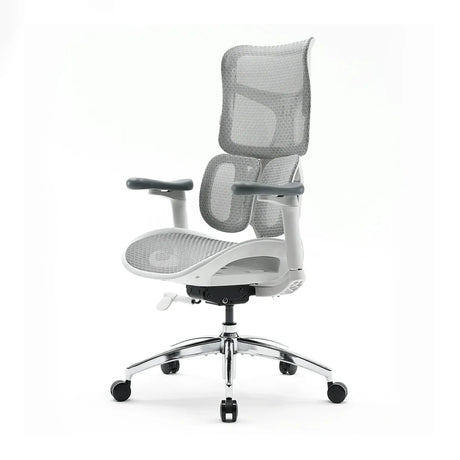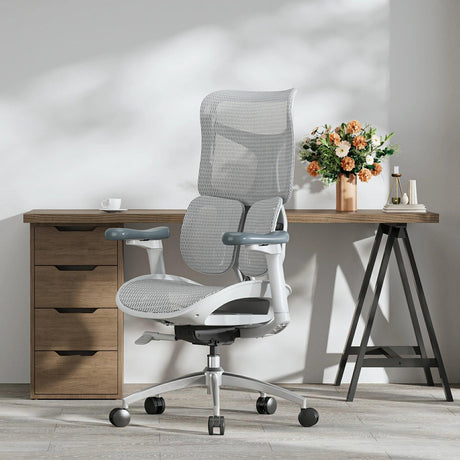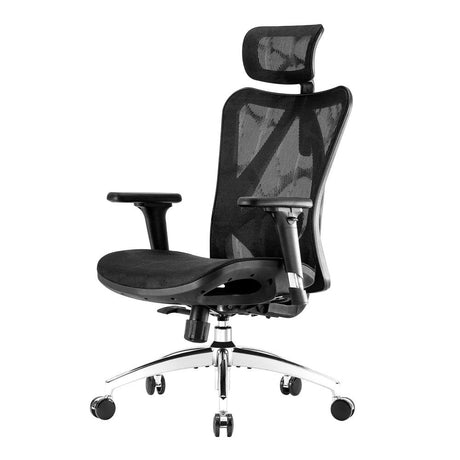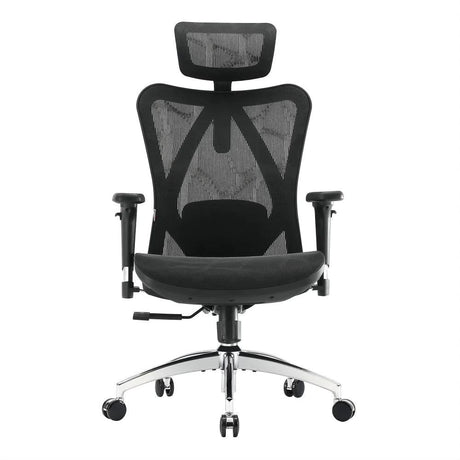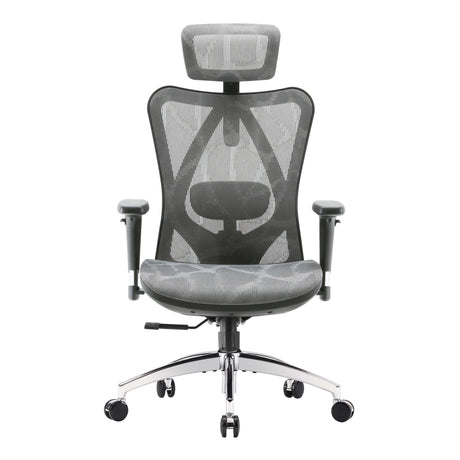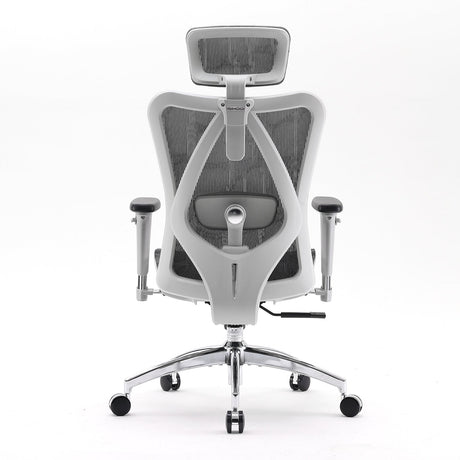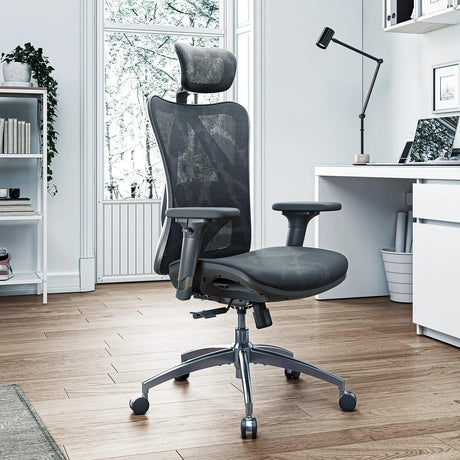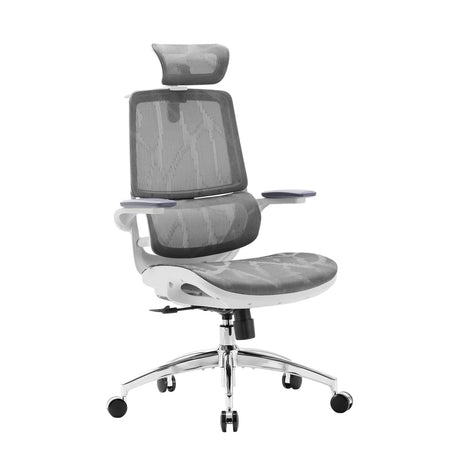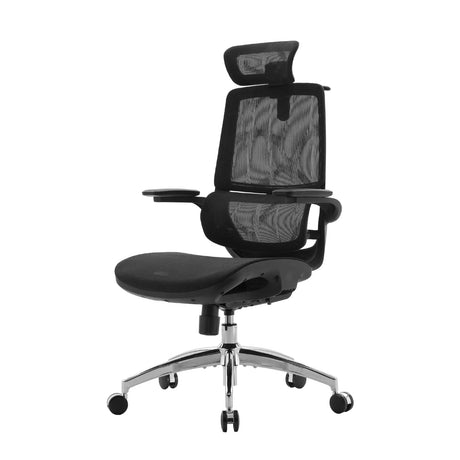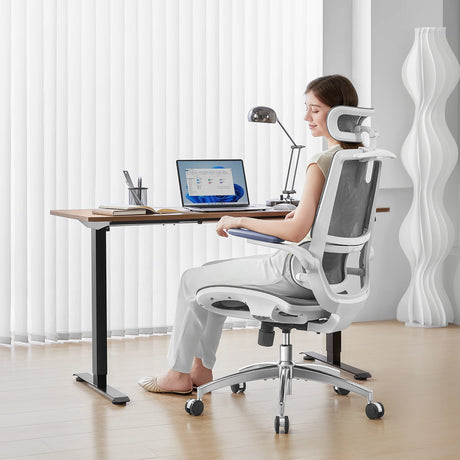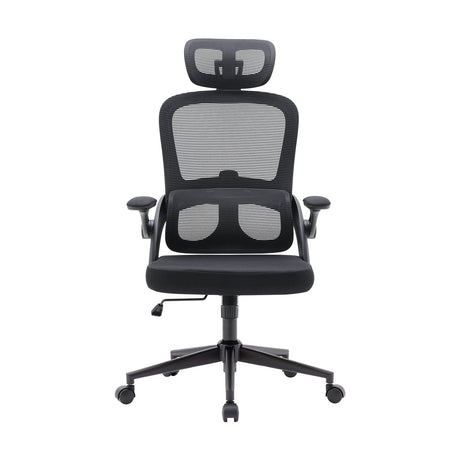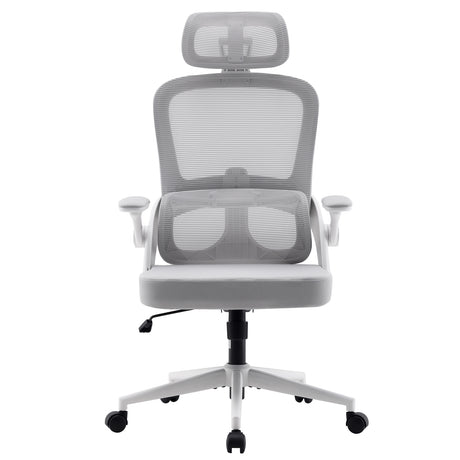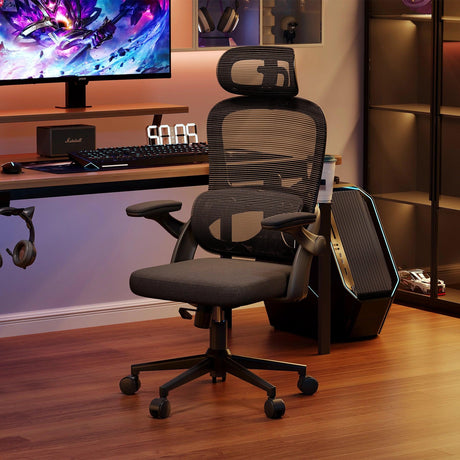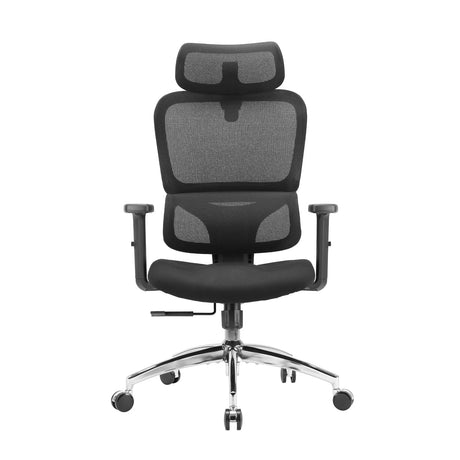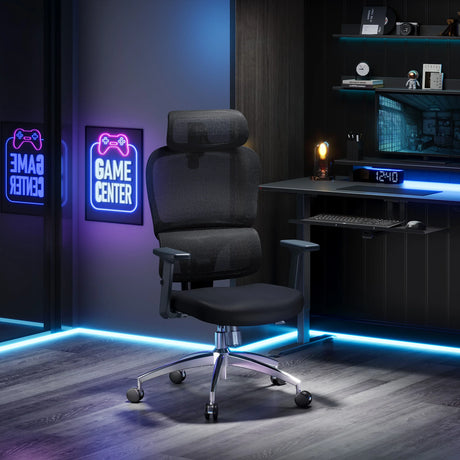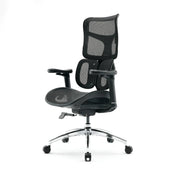Choosing the right office chair isn’t just about aesthetics or price—it’s about your body. The average office worker spends around 6–8 hours a day sitting. That’s 30–40 hours a week, and potentially thousands of hours each year. If your chair isn’t supporting your unique body shape, posture, and movement patterns, you’re risking more than just discomfort—you’re inviting chronic pain, fatigue, and even long-term musculoskeletal issues. So, how can you really tell if an office chair is the right one for you?
This comprehensive guide will walk you through every consideration—practical, ergonomic, and personal—to help you make the right decision.
1. Start With Self-Awareness: Know Your Body
Before you evaluate any chair, it’s important to understand your own body. Ask yourself:
- Do you have back pain, neck stiffness, or hip discomfort?
- Are you short, tall, or somewhere in between?
- Do your legs go numb after sitting too long?
- Are your shoulders tight from typing all day?
These aren’t minor details—they are vital clues. A chair that’s perfect for someone 6'3" won’t suit someone who’s 5'2". Likewise, if you have a history of sciatica or lower back pain, your chair needs a different kind of lumbar support than someone with upper back tension.
2. Key Signs That an Office Chair Fits You
Once you’ve reflected on your body’s needs, you can start evaluating specific chair features. Here are the major checkpoints to determine if a chair truly fits your body:
a. Feet Flat on the Floor
When seated, your feet should rest comfortably flat on the ground, with knees at a 90–100° angle. If your feet dangle or you’re on tiptoe, the chair is too high. If your knees are pushed upward, the chair is too low. Some chairs come with seat height ranges that don’t accommodate petite or extra-tall users—so test this carefully.
b. No Pressure Behind Your Knees
There should be a gap of about 2–3 fingers (roughly 2 inches) between the edge of the seat and the back of your knees. If the seat is too long, it cuts off circulation and contributes to leg fatigue or numbness. If it’s too short, you lose vital thigh support.
c. Your Hips Are Comfortable and Supported
A well-designed chair supports your pelvis and promotes a slight forward tilt at the hips—this maintains the natural “S” curve of the spine. If your pelvis is tilted backward (causing a “C” curve), the chair isn’t giving you the correct lumbar support.
d. Your Spine Feels Supported—Not Forced
A good ergonomic chair should support the natural curve of your spine, especially the lumbar (lower back) region. Look for adjustable or dynamic lumbar systems that can be customized to your height and posture. If the lumbar support feels too high or low, it won’t help—and might even hurt.
e. No Shoulder or Neck Strain
You shouldn’t feel the urge to hunch your shoulders or lean forward while typing. If you do, the armrests or backrest aren’t set up right. Proper shoulder and neck alignment prevents tension headaches and muscle strain.
f. Armrests Match Your Movement
Your armrests should allow your elbows to rest at a comfortable 90° angle while typing, without lifting or dropping your shoulders. Ideally, they are adjustable in height, width, angle, and depth. If they’re too wide, your arms drift outward. If too low, your shoulders droop. If too high, tension builds in your neck.
g. You Can Sit Upright or Recline Naturally
A chair that lets you shift between upright and reclined positions—without losing support—is essential. Your body isn’t meant to stay frozen. The recline mechanism should follow your back naturally, not push or resist. Features like synchronized tilting or weight-sensing recline add to comfort.

3. Adjustability: The Foundation of Personal Fit
Every body is different. So unless a chair is highly adjustable, it won’t work for everyone. The best ergonomic chairs offer fine-tuning in areas that directly impact body alignment:
- Seat height: Should adjust smoothly to match your leg length.
- Seat depth: Especially important for taller or shorter users.
- Backrest height and tilt tension: Helps align with your spinal curves.
- Lumbar support: Ideally both height- and depth-adjustable or dynamic.
- Armrests: 3D or 4D adjustments (height, depth, width, rotation).
- Headrest (optional): Helpful for those with neck strain, but must align with your cervical spine.
Think of it this way: adjustability = personalization.
4. Materials Matter for Your Comfort
The materials used in your office chair can directly affect your physical comfort. Look for:
a. Seat Cushion
Too soft and you’ll sink, losing support. Too hard and circulation gets cut off. Look for a high-density foam or a breathable mesh with slight give. Waterfall edge designs also reduce pressure behind your knees.
b. Backrest Material
Mesh is breathable and flexible, but it should provide enough tension to support your back. Fabric and leather can offer plush comfort, but watch for overheating or sweating in long sessions.
c. Build Quality
Sturdy frames, smooth-rolling casters, durable hydraulics—all these ensure the chair performs consistently without wobbling, shifting, or creaking. A poor-quality chair—even if well-designed—can quickly become unusable.
5. Real-World Testing: Sit Like You Work
Once you find a chair that seems to fit, test it under real-life conditions:
- Sit in the chair for at least 30 minutes.
- Type on a laptop or keyboard.
- Switch between upright and reclined positions.
- Try stretching, turning, and leaning.
- Note whether any part of your body starts to feel tense or unsupported.
If you start to slouch or experience pressure anywhere, that’s your body giving you feedback. A good chair disappears beneath you—it supports you so well that you stop thinking about it.
6. Listen to Your Body Over Time
Sometimes, a chair feels great during the first few hours but causes pain after a week. This delayed discomfort usually stems from subtle misalignments that only become apparent over longer use.
Ask yourself after a week:
- Am I sitting longer without discomfort?
- Do I feel more focused or less fatigued?
- Has any recurring pain (back, neck, hips) decreased?
- Am I moving or shifting less frequently due to discomfort?
Your body adapts quickly, but it also gives clear signs when something is off. Pay attention to those signals.

7. Special Considerations for Different Body Types
a. Shorter Users (Under 5'5")
- Look for chairs with lower minimum seat height (~16 inches or lower).
- Adjustable seat depth is crucial to avoid pressure behind knees.
- Consider adding a footrest if feet don’t rest flat.
b. Taller Users (Over 6'2")
- Check that the seat height extends to at least 20 inches.
- Ensure seat depth is sufficient for thigh support.
- Backrest and headrest should reach high enough for full spine support.
c. Heavier Users
- Verify the chair’s weight capacity (usually listed by manufacturer).
- Seek wider seat pans, reinforced frames, and high-resilience foam.
- Look for chairs rated for 300 lbs+ if needed.
d. People with Chronic Pain or Conditions
- Consider chairs with dynamic lumbar support (adjusts as you move).
- Reclining tension control helps reduce spinal pressure.
- Headrests can assist those with cervical spine issues.
8. When to Replace Your Chair
Even the best chair has a lifespan. If you notice:
- Sagging seat or backrest
- Unstable armrests
- Broken hydraulics
- Creaking frame
- Increased body pain
…it may be time to upgrade. Technology and design evolve fast—modern ergonomic chairs now offer features like 6D armrests, anti-gravity recline, and dynamic lumbar tracking, all designed to actively support your posture instead of passively allowing misalignment.
9. Case Study: Personal Fit in Action
Let’s take two people—Alex (5'4", suffers from lower back pain) and Jordan (6'3", works 10-hour days at a desk). They both try the same mid-range ergonomic chair:
- Alex: The seat is too deep; her feet barely touch the floor. Lumbar support hits too high. She ends the day with sore thighs and stiff shoulders.
- Jordan: Seat height is fine, but the backrest ends mid-shoulder blades. The lumbar support is too low and non-adjustable.
Conclusion: Even though this is a “top-rated chair,” it suits neither of them. Without adjustability, no one-size-fits-all solution exists. But when they each try a customizable ergonomic office chair with seat depth, height, lumbar, and arm adjustments—they both find long-term comfort and pain relief.
10. Final Thoughts: Your Body Is the Final Judge
The perfect chair for someone else might be a poor fit for you. That’s why the most important thing to remember is this:
The best office chair is the one that disappears beneath you.
It doesn’t distract you. It doesn’t make you fidget. It lets you focus, breathe, and move comfortably through your workday.
So if you’re wondering, “How can I tell if this chair is right for me?” — check for adjustability, sit with awareness, and always listen to your body. You’ll know it’s the right one when your chair stops being something you notice and starts being something you depend on.

